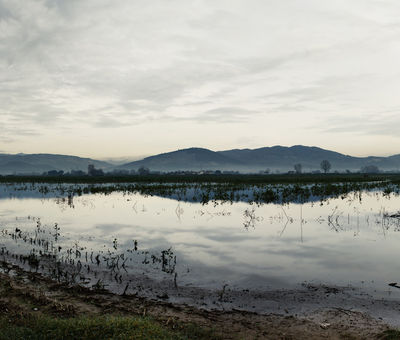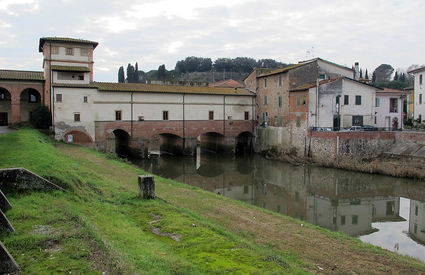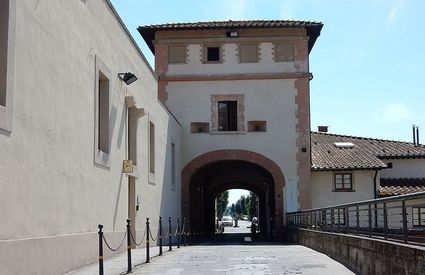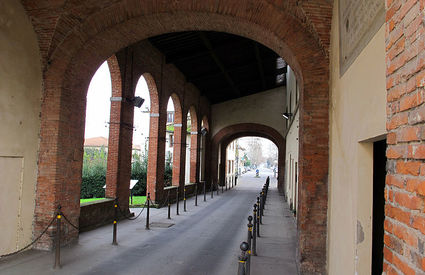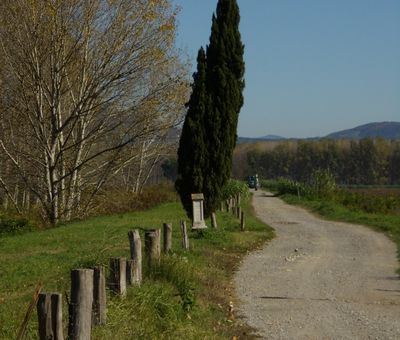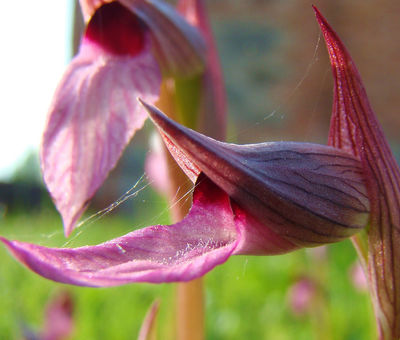A castle along the via Francigena
There is a city in Tuscany born at the crossing where water and land meet. Fucecchio, a bridge on the Arno for the Roman roads. Here it is, seen through the eyes of those who walk down the Via Francigena.
…after a stop at the parish church of Galleno, the pilgrim gets back on the road, heading in to the thick woods of Le Cerbaie. Long ago the land of bandits, Le Cerbaie offer the wayfarer an unspoiled environment, home to rare natural treasures such as the Drosera Rotundifolia, a carnivorous plant of the ice age.
Here the via Francigena brushes against the Padule (swamp), a treasure trove of biodiversity and majestic beauty. From the Padule, you reach the Ponte Mediceo of Cappiano, long a refuge and resting point for pilgrims.
The origins
It all began around the year 1000, on a solitary hill that shares its highest heights with Monte Albano, facing toward the Valdarno: a sentinel guarding the ford along the river, where at the beginning of the 11th century the first bridge between Pisa and Florence was built. A passageway for pilgrims, merchants and crusaders, both a meeting point and site of conflicts due to its strategic location, Fucecchio developed around the castle of Salamarzana, founded by the Cadolingi counts along with the monastery named after San Salvatore. Equidistant from Pisa, Florence and Lucca, the place was destined to become the strategic center of a vast dominion.
The Padule and Le Cerbaie
And today, like then, the eyes of every traveler who passes through are opened to two areas marked by unrivalled natural environments: the Padule and Le Cerbaie. The first features landscape views of a rare quality, an iridescent vegetation and a wildlife that’s varied like few other areas in Italy are….Next, entering into a world that seems far away from the modern age you’ll discover the woods of Le Cerbaie, made up of extremely rare trees that hide pathways extending for dozens of kilometers.


